Just two decades ago, ordering restaurant-quality meals was mostly limited to pizza or Chinese takeout, often placed over the phone with the help of a paper menu.
But today, the global food delivery market has grown rapidly to $150 billion, which is three times its size since 2017. In the U.S., this market has more than doubled and is projected to skyrocket to $210 billion in the long term, with a staggering 2,000% increase from $11 billion.
With intense competition and ever-rising customer expectations, it is not only about food delivery application development, but also making it profitable. In this blog, we will talk about the most effective monetization strategies used by top food delivery apps.
Top 7 Monetization Strategies for your Food Delivery Application
With growing competition and rising customer expectations, food delivery platforms need smart monetization strategies to stay profitable. The following are some of the most successful methods used by popular food delivery companies to generate revenue:
1. Subscription Model
Many food delivery apps offer a premium subscription service to earn a steady income and build customer loyalty. In this model, users pay a fixed monthly or annual fee to enjoy benefits such as free delivery, special discounts, early access to new restaurants, or exclusive menu items.
Example: Swiggy Super and Zomato Gold offer free delivery and no surge charges for subscribers, helping the companies earn continuous revenue even if users place fewer orders.
Advantages:
- Builds a loyal customer base.
- Generates consistent, recurring income.
Disadvantages:
- Customers can cancel if the benefits don’t seem valuable.
- Requires constant updates and added perks to retain users.
2. Commission Fees from Restaurants
Every time a customer places an order, the food delivery app charges a commission fee ranging between 15% and 25% of the order amount to the restaurant. These commissions help apps scale quickly without owning food inventory.
Example: Just Eat earns revenue through commissions charged to restaurants on every order. This model enabled the company to grow its market value to $3.5 billion and expand into over 15 countries. Similarly, Deliveroo increased its revenue by 20–25% monthly for three consecutive years using this model.
Advantages:
- Creates a dependable revenue stream.
- Encourages restaurants to promote themselves via the app.
Disadvantages:
- Revenue depends on the volume of orders.
- Discourages small or new restaurants due to high commissions.
3. Partnerships
Apps can enhance revenue by establishing partnerships with beverage companies, grocery stores, or other service providers. This can be cross-promotional discounts or bundled packages that are advantageous to both parties involved.
Example: A collaboration between Uber Eats and Coca-Cola was a huge success to offer bundled meals at discounted rates during the FIFA World Cup to add a fun factor to the event. A food delivery app development company can also assist by developing relevant features that monitor and manage these partnerships.
Advantages:
- Boosts order value and brand collaborations.
- Attracts new customers through combined offers.
Disadvantages:
- Requires negotiation and effort to manage partnerships.
- Difficult to measure the direct impact on revenue.
4. In-App Advertising
Apps offer brands or restaurants the chance to advertise within the app through sponsored listings and banners or by being featured at the top of the search list. As a result, these companies pay advertising charges.
Example: Swiggy and Uber Eats earn a large share of their revenue through restaurant advertising. Restaurants pay extra charges to be featured in top results and gain visibility to drive more traffic.
Advantages:
- High earning potential with multiple advertisers.
- Boosts visibility for partner restaurants.
Disadvantages:
- Over-advertising can harm the user experience.
- Must maintain advertisement quality.
5. Delivery Charges
Many food delivery platforms charge a delivery fee, especially when the restaurant doesn’t have its own delivery team. The fee may be based on the order amount or distance. This model ensures consistent revenue per order and helps cover the cost of logistics and drivers.
Example: Deliveroo charges a flat delivery fee (£2.50 per delivery) and commission from restaurants. Using this method, Deliveroo’s revenue reached £129 million, while generating £16.50 per hour per driver on average.
Advantages:
- Allows flexibility based on distance or order size.
- Easy to justify when no restaurant delivery service is available.
Disadvantages:
- High delivery fees may turn away budget-conscious customers.
- Needs strong logistics to handle delivery quality.
6. In-App Purchases
To improve the user experience, apps can introduce in-app purchases such as customizing meals, accessing special recipes, or joining exclusive loyalty programs. These small, optional charges can add up over time.
Example: Postmates offers a subscription service called Postmates Unlimited, giving users benefits like no delivery fees and special deals. It also includes in-app purchases such as faster delivery options or customizable meals from selected restaurants.
Advantages:
- Adds value to the customer experience.
- Offers a flexible revenue stream without mandatory charges.
Disadvantages:
- Users may ignore paid features if free options are available.
- Limited adoption unless the value is clear.
7. Peak Hour Charges
Sometimes, food delivery platforms charge extra during peak hours, such as lunch or dinner time, to enhance their earnings, known as surge pricing. During these high-demand periods, apps may limit the availability of menus or restaurants and apply a surcharge to prioritize quicker service.
Example: Uber Eats has reported increased per-delivery revenue in cities where surge pricing is active, optimizing both customer satisfaction and driver availability.
Advantages:
- Maximizes profit during high-demand periods.
- Encourages customers to order at off-peak times.
Disadvantages:
- Leads to frustrated customers due to higher charges.
- Risk of losing customers to competitors with stable pricing.
Read Also: Why Every Restaurant Needs a Food Delivery App
Time to Build a Delivery App with ZimbleCode!
Developing and launching a food delivery application can be your door to entrepreneurial success in a city that never sleeps, where people value speed, convenience, and variety. In fact, food delivery apps serve a genuine need by connecting busy New Yorkers to their favorite meals from late-night pizza in Manhattan to vegan brunches in Brooklyn in just a few taps. Just like Zomato, Swiggy, Uber Eats, and Deliveroo have revolutionized food ordering, you can also build the next big brand that easily connects customers and restaurants.
Whether you are moving into a niche segment such as healthy dishes, home-cooked meals, or gourmet cuisine, or want to serve a wide demographic across cities, you only need the top food delivery app development company in New York. With the right features, a robust user experience, and scalable infrastructure, you can take your food delivery app to the next level to serve local vendors, provide jobs through delivery networks, and transform how people consume food.
Ready to make the jump? Contact ZimbleCode for developing a smooth, feature-rich, and revenue-generating food delivery app today.
Frequently Asked Questions (FAQs)
Q1. Can I launch a custom food delivery app in New York?
With the help of the most experienced app development company in New York, USA, you can build and launch a competitive app.
Q2. What features should a successful food delivery app in NYC include?
Real-time tracking, multiple payment options, restaurant ratings, and live customer support are must-haves.
Q3. Is there demand for niche food delivery apps in NYC (e.g., vegan, organic)?
New York’s diverse population and health-conscious trends support niche delivery platforms.
Q4. How long does it take to develop a food delivery app for the NYC market?
It usually takes 3 to 6 months to develop and launch a fully functional app.
Q5. How much does it cost to build a food delivery app in NYC?
Development costs range from $25,000 to $100,000+ based on features and complexity.

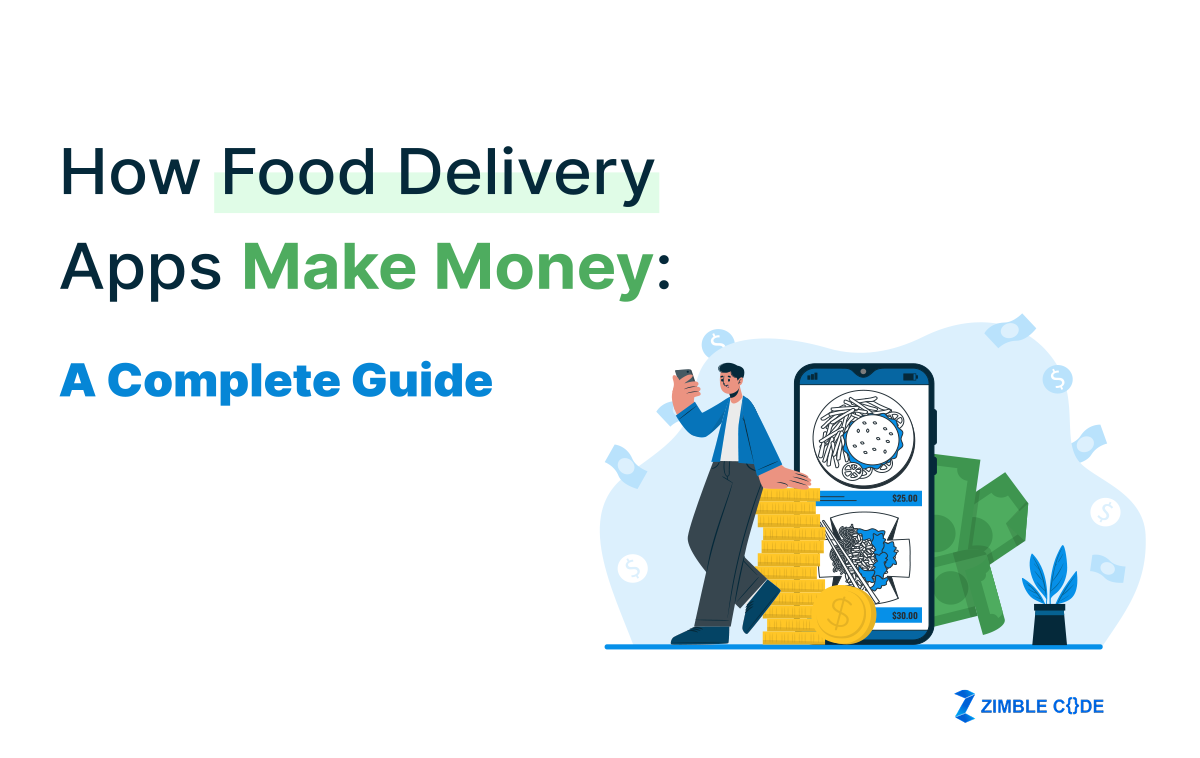
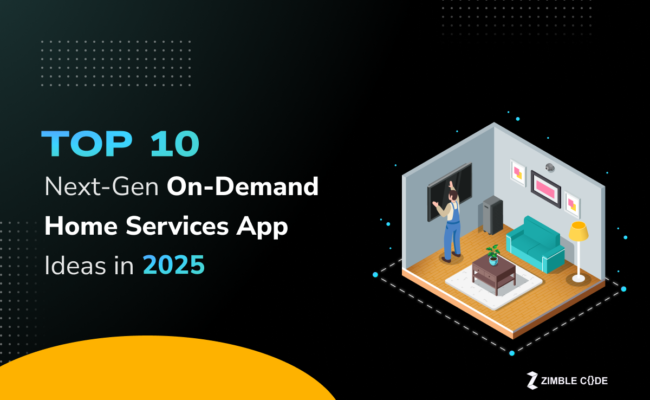
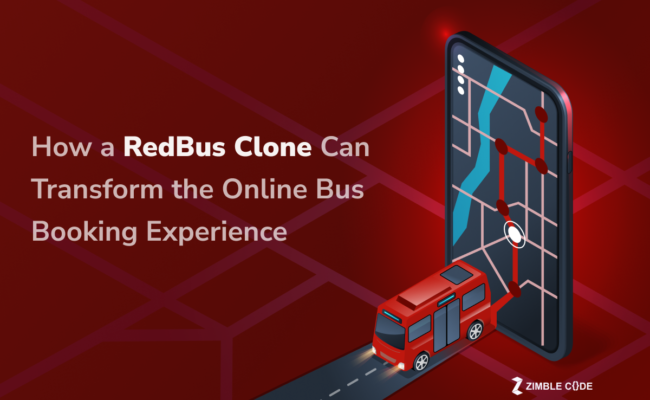
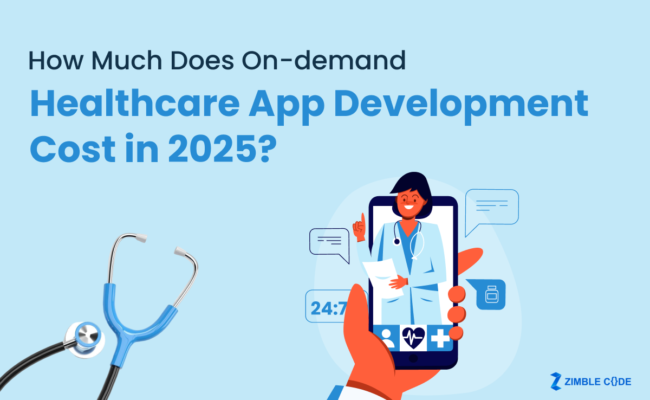
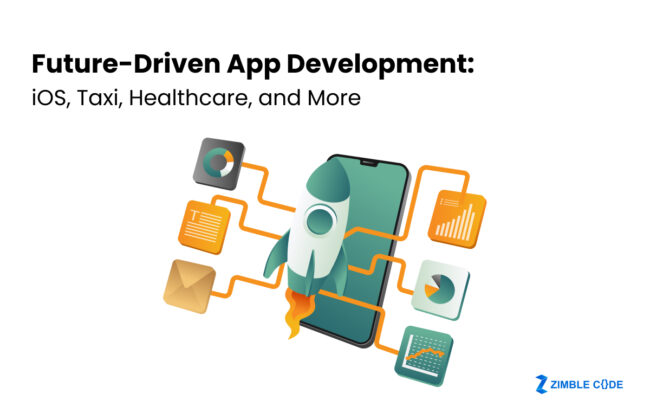
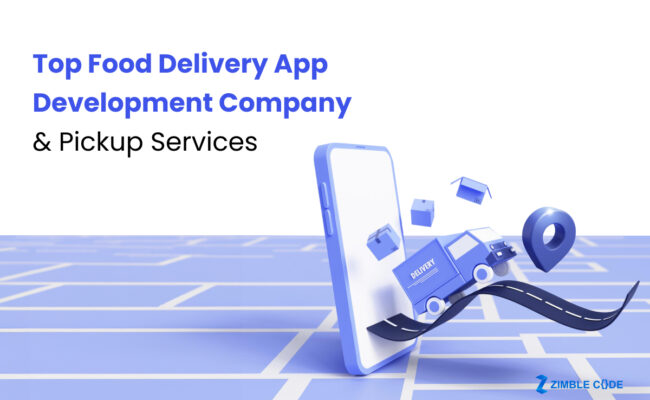
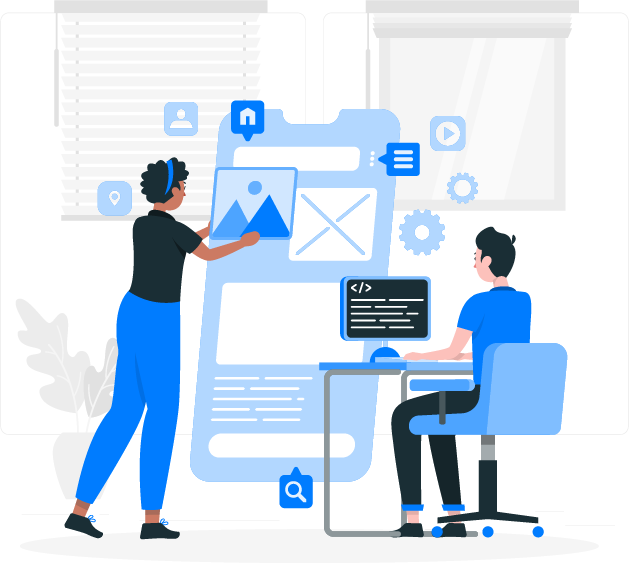
Leave A Comment